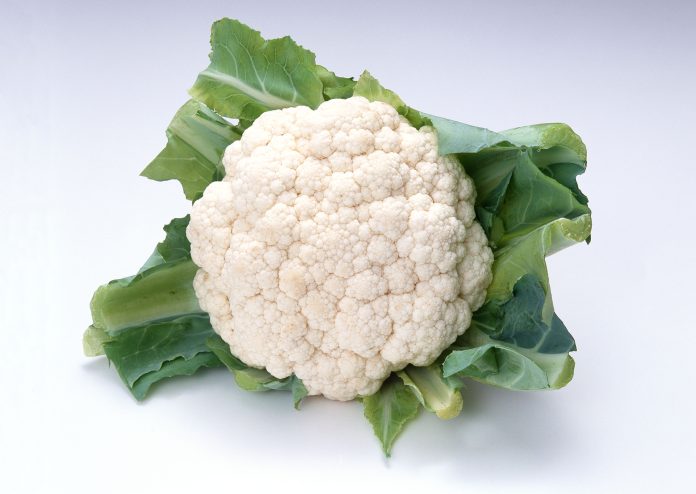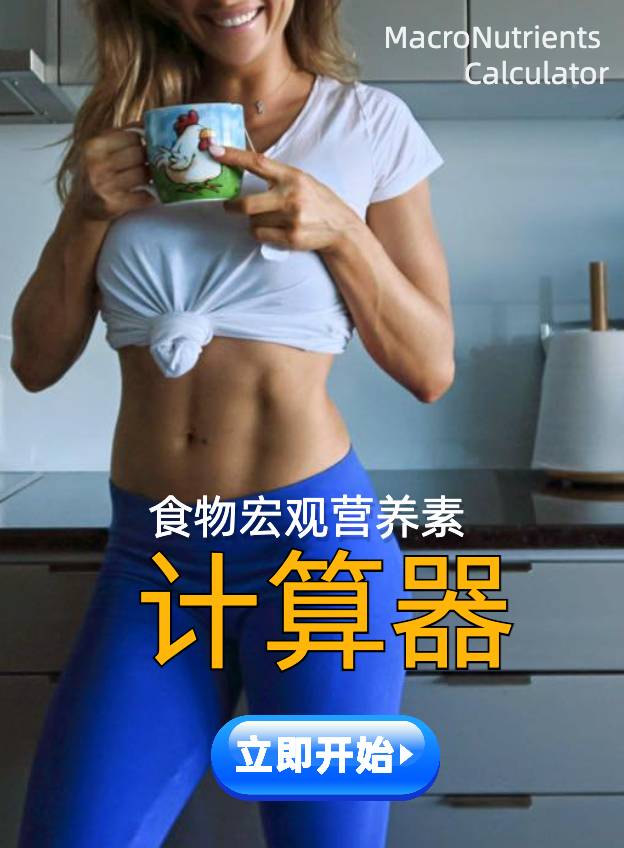最近我们发布了第一个关于低碳食谱的视频《用它代替主食,一周少吃140勺糖!》。有热心的关注在留言区询问:吃花菜会长结节吗?
像西兰花和球芽甘蓝一样,花菜(Brassica oleracea var.botrytis)是一种十字花科蔬菜。花菜比其他十字花科蔬菜含有更少的微量营养素,但它是几种具有抗癌症特性的化合物的来源。花菜成分已被证明可以降低患膀胱癌、结直肠癌、前列腺癌和宫颈癌症等疾病的风险。
花菜是化学预防性异硫氰酸酯的来源,包括异硫氰酸烯丙酯(AITC)、吲哚-3-甲醇(I3C)及其代谢产物3,3′-二吲哚基甲烷(DIM)以及萝卜硫素。此外,花椰菜还含有一些胆碱、叶酸和维生素C。
食用花菜对乳腺癌的影响
食用花菜可降低患癌症的风险。花菜及其组成分子具有促进人乳腺癌症细胞凋亡、抑制细胞周期进程和抑制血管生成的作用。此外,花菜可以保护细胞免受DNA损伤。花菜可以增加一些乳腺癌症治疗的有益效果。过度烹饪花菜会降低其预防癌症或复发的潜在效果。
流行病学研究
许多人群研究发现,食用一种或多种十字花科蔬菜会降低患癌症的风险。例如,一项基于意大利和瑞士人口的研究报告称,与从不食用或仅偶尔食用十字花科蔬菜相比,每周至少食用一次十字花科植物与患癌症的风险降低17%。
花菜异硫氰酸盐
研究发现,在绝经前和绝经后妇女中,尿异硫氰酸盐水平与较低的乳腺癌症风险有关。
食用说明
花菜最适合的食用方式是:生食或先切碎,然后轻煮(蒸、炒、烫或微波炉),而不是过度煮烹饪(煮、炖或烤),这样是最具化学预防作用的。
以下是关于这种食物及其成分的最新研究链接。
***特别注意事项
十字花科类蔬菜含有硫代葡萄糖苷类物质,会影响体内碘元素的吸收。对于甲状腺功能异常的朋友,避免长期大量食用花菜,大白菜等十字花科类蔬菜。
信息来源:https://foodforbreastcancer.com/foods/cauliflower
参考文献
Babiker A, Alawi A, Al Atawi M, Al Alwan I. The role of micronutrients in thyroid dysfunction. Sudan J Paediatr. 2020;20(1):13-19. doi: 10.24911/SJP.106-1587138942. PMID: 32528196; PMCID: PMC7282437.
Boggs DA, Palmer JR, Wise LA, Spiegelman D, Stampfer MJ, Adams-Campbell LL, et al. Fruit and Vegetable Intake in Relation to Risk of Breast Cancer in the Black Women’s Health Study. American Journal of Epidemiology. Oxford University Press (OUP); 2010; 172:1268-1279 10.1093/aje/kwq293
Bertoia ML, Mukamal KJ, Cahill LE, Hou T, Ludwig DS, Mozaffarian D, et al. Changes in Intake of Fruits and Vegetables and Weight Change in United States Men and Women Followed for Up to 24 Years: Analysis from Three Prospective Cohort Studies. PLOS Medicine. Public Library of Science (PLoS); 2015; 12:e1001878 10.1371/journal.pmed.1001878
Bosetti C, Filomeno M, Riso P, Polesel J, Levi F, Talamini R, et al. Cruciferous vegetables and cancer risk in a network of case–control studies. Annals of Oncology. Elsevier BV; 2012; 23:2198-2203 10.1093/annonc/mdr604
Butler LM, Wu AH, Wang R, Koh W, Yuan J, Yu MC. A vegetable-fruit-soy dietary pattern protects against breast cancer among postmenopausal Singapore Chinese women. The American Journal of Clinical Nutrition. Oxford University Press (OUP); 2010; 91:1013-1019 10.3945/ajcn.2009.28572
Diamante MS, Vanz Borges C, Minatel IO, Jacomino AP, Basílio LSP, Monteiro GC, et al. Domestic cooking practices influence the carotenoid and tocopherol content in colored cauliflower. Food Chemistry. Elsevier BV; 2021; 340:127901 10.1016/j.foodchem.2020.127901
Drabińska N, Jeż M, Nogueira M. Variation in the Accumulation of Phytochemicals and Their Bioactive Properties among the Aerial Parts of Cauliflower. Antioxidants. MDPI AG; 2021; 10:1597 10.3390/antiox10101597
Hill CR, Shafaei A, Balmer L, Lewis JR, Hodgson JM, Millar AH, et al. Sulfur compounds: From plants to humans and their role in chronic disease prevention. Critical Reviews in Food Science and Nutrition. Informa UK Limited; 2022;:1-23 10.1080/10408398.2022.2057915
Jiménez-Monreal AM, García-Diz L, Martínez-Tomé M, Mariscal M, Murcia MA. Influence of Cooking Methods on Antioxidant Activity of Vegetables. Journal of Food Science. Wiley; 2009; 74:H97-H103 10.1111/j.1750-3841.2009.01091.x
Kahlon TS, Chiu MM, Chapman MH. Steam cooking significantly improves in vitro bile acid binding of beets, eggplant, asparagus, carrots, green beans, and cauliflower. Nutrition Research. Elsevier BV; 2007; 27:750-755 10.1016/j.nutres.2007.09.011
Kapusta-Duch J, Kusznierewicz B, Leszczyńska T, Borczak B. Effect of cooking on the contents of glucosinolates and their degradation products in selected Brassica vegetables. Journal of Functional Foods. Elsevier BV; 2016; 23:412-422 10.1016/j.jff.2016.03.006
Lai R, Miller MJ, Jeffery E. Glucoraphanin hydrolysis by microbiota in the rat cecum results in sulforaphane absorption. Food & Function. Royal Society of Chemistry (RSC); 2010; 1:161 10.1039/c0fo00110d
Li H, Deng Z, Zhu H, Hu C, Liu R, Young JC, et al. Highly pigmented vegetables: Anthocyanin compositions and their role in antioxidant activities. Food Research International. Elsevier BV; 2012; 46:250-259 10.1016/j.foodres.2011.12.014
Li WW, Li VW, Hutnik M, Chiou AS. Tumor Angiogenesis as a Target for Dietary Cancer Prevention. Journal of Oncology. Hindawi Limited; 2012; 2012:1-23 10.1155/2012/879623
López-Moreno M, Garcés-Rimón M, Miguel M. Antinutrients: Lectins, goitrogens, phytates and oxalates, friends or foe?. Journal of Functional Foods. Elsevier BV; 2022; 89:104938 10.1016/j.jff.2022.104938
Paramithiotis S, Das G, Shin H, Patra JK. Fate of Bioactive Compounds during Lactic Acid Fermentation of Fruits and Vegetables. Foods. MDPI AG; 2022; 11:733 10.3390/foods11050733
Wang Z, Kwan ML, Pratt R, Roh JM, Kushi LH, Danforth KN, et al. Effects of cooking methods on total isothiocyanate yield from cruciferous vegetables. Food Science & Nutrition. Wiley; 2020; 8:5673-5682 10.1002/fsn3.1836
Zanichelli F, Capasso S, Di Bernardo G, Cipollaro M, Pagnotta E, Cartenì M, et al. Low concentrations of isothiocyanates protect mesenchymal stem cells from oxidative injuries, while high concentrations exacerbate DNA damage. Apoptosis. Springer Science and Business Media LLC; 2012; 17:964-974 10.1007/s10495-012-0740-3







